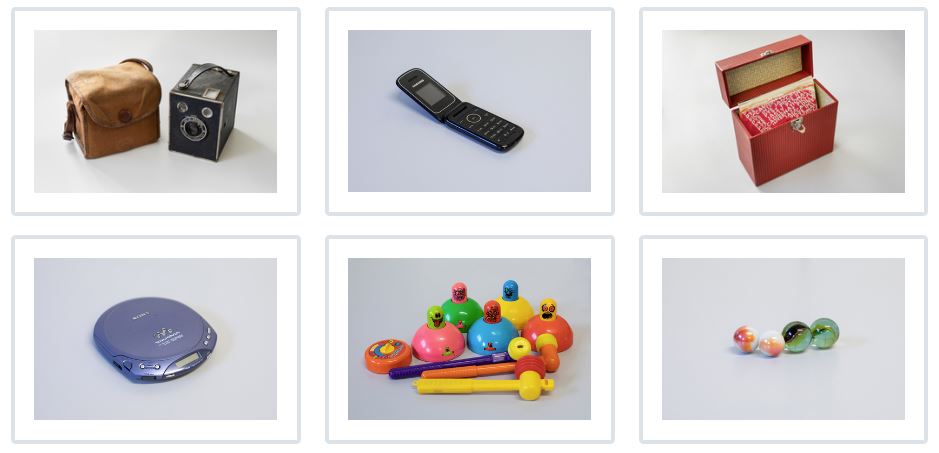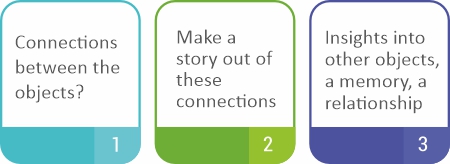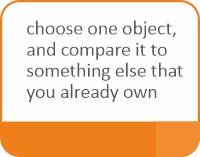Teaching and learning with Object-Based creative story-telling methods.
Presenter(s): Sophie Woodward

This interactive resource can help in thinking about how objects can be useful methods to understand social worlds through the stories people tell about them, and how we interpret objects. It allows students to appreciate how forms of material culture are routes into understanding social change and how personal biography and memories connect.
The resource can be used in teaching and learning both research methods and material culture. It can be used to develop storytelling methods in community and voluntary groups, and foster positive connections and conversations.
There are images of 20 objects, which cover a range of types of things that are evocative of different times, people, and stories. The objects represent materiality of personal lives and everyday relationships people go through. This helps participants think through:
- How people relate to things/objects.
- How relations to each other are mediated through things.
Participants can click any image (object) to highlight it on the screen.
Interactive images, click here [opens a new webpage].

For a PDF file with the images, click here.
The images can be used in 3 possible ways:
1. Asking questions about one object.
Choose one object that resonates with you (perhaps you have owned one like it, it reminds you of someone else, or just that you are intrigued by it). Answer the following questions:
- What is it? (think about materiality, describe it, its look, colours, shape).
- What might it have been used for? What type of person might have used it?
- What feelings/thoughts does it evoke? What do you associate with it?
- Does it remind you of anything you own? Can you talk/write about this?

2. Making connections between objects.
Choose a selection of objects (maybe 5 objects) – this can be done at random, or 5 objects that look interesting, or ones that you feel are connected. This is a good group activity. In groups/pairs:
- Talk about the connections between them.
- Make a story out of these connections.
- Reflect back on how these objects’ connections have given you insights into other objects, a memory, social history, a relationship etc.

3. Drawing in your own objects.
From the selection of images you see, choose one image that you find interesting, and compare it to something else that you own. This activity is useful for comparisons and sharing ideas. It can be in the form of a class/group Padlet, where people upload their own image and the object’s biography. This can also be activity for getting students to bring in physical objects to a class.
The objects selected can be any that students are interested in and are asked to write the biography of, or can be around a particular theme, such as childhood, memories, or social change.

___
This resource encourages people to share stories, through the use of different objects that prompt people to talk about memories and experiences. The resource can help students understand:
- How to develop creative methods
- How and why objects are evocative of stories, connections, generations.
- What role objects have in: biography, social history, memories, connections to other people, generations (age).
About the author
Sophie Woodward is a Professor of Sociology at the University of Manchester. Her research focuses on material culture, everyday life and consumption using a range of creative research methods. Professor Woodward is also a Co-Investigator at NCRM.
- Published on: 27 March 2023
- Event hosted by: Manchester
- Keywords: Object | Materiality | Reflection |
- To cite this resource:
Sophie Woodward. (2023). Teaching and learning with Object-Based creative story-telling methods.. National Centre for Research Methods online learning resource. Available at https://www.ncrm.ac.uk/resources/online/all/?id=20797 [accessed: 18 December 2025]
⌃BACK TO TOP


